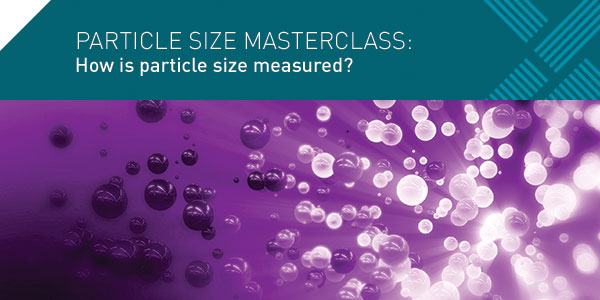Tuesday, April 22: 10:30-11:30AM.
The cathode in a lithium-ion battery undergoes unique electrochemical reactions as lithium enters and leaves the atomic structure of the intercalated lithium compound. The intricacies of this reaction are one source of degradation and, therefore, an opportunity to improve performance. X-ray diffraction and scattering is well-suited to study these atomic phase changes, as well as a tool to understand and optimize the pathways that lithium uses to move through the cathode. However, studying battery materials requires special considerations that are different than the routine powder diffraction measurement.
This webinar, hosted by Malvern PANalytical will review the information that X-ray diffraction and scattering provides and discuss special considerations for experimental design such as selecting an X-ray tube, measurement geometry, and sample holder. We will then show examples of how these considerations are applied to cathode material analysis, including Rietveld refinement to quantify phase mixtures and atomic structure, pair distribution function analysis to examine local structural defects, and phase analysis of thick (10mm) commercial pouch cells, and in operando analysis of LFP based batteries to track phase changes during discharge and charging.
You can sign up for it here.
Speakers
Dr. Scott Speakman – Principal Scientist Malvern Panalytical
and Dr. Reeves-McLaren of The University of Sheffield
More information
– Who should attend?
Those working within the field of battery research or manufacturing or anyone interested in X-ray Diffraction of materials.
– What will you learn?
You will be educated on the X-ray diffraction and scattering application of lithium-ion batteries, including: Electrochemical reactions and atomic phase changes, with discussion on the special considerations needed for this application.


